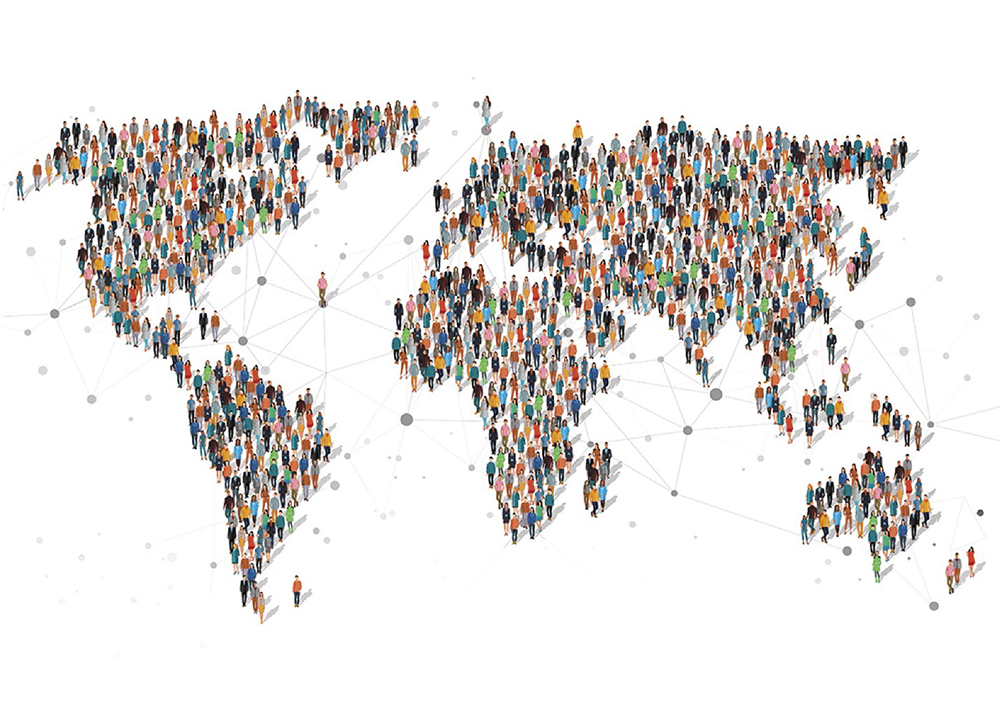An estimated 35 million new cancer cases will be diagnosed in 2050, the World Health Organization (WHO) reported in February 2024, a 77% increase from the estimated 20 million cases in 2022. Yet according to survey responses across 115 countries, most parts of the world do not have sufficient funding for cancer and palliative care services, WHO said. Additionally, the data showed “striking inequities in the cancer burden” based on the Human Development Index and “significant global inequities in cancer services” between high- and low-income countries.
“WHO’s new global survey sheds light on major inequalities and lack of financial protection for cancer around the world, with populations, especially in lower income countries, unable to access the basics of cancer care,” Bente Mikkelsen, MD, director of WHO’s Department of Noncommunicable Diseases, said.
WHO’s data from 185 countries on 36 cancers showed that 10 types of cancer collectively comprised around two-thirds of new cases and deaths globally in 2022. The top 5 cancer types were:
- Lung cancer: 2.5 million new cases (12.4% of the total new cases)
- Female breast cancer: 2.3 million cases (11.6%)
- Colorectal cancer: 1.9 million cases (9.6%)
- Prostate cancer: 1.5 million cases (7.3%)
- Stomach cancer: 970,000 cases (4.9%)
However, incidence and mortality vary across the world based on social determinants of health measure under the Human Development Index (HDI), particularly for breast cancer. WHO found that patients in low HDI countries were 50% less likely to be diagnosed with breast cancer but 30% more likely to die from it. And although cervical cancer was the eighth most common cancer worldwide, it is the number one most common cancer in females in 25 countries, many of which are in sub-Saharan Africa.
“The impact of this increase will not be felt evenly across countries of different HDI levels. Those who have the fewest resources to manage their cancer burdens will bear the brunt of the global cancer burden,” Freddie Bray, BSc(Hons), MSc, PhD, head of IARC’s Cancer Surveillance Branch, said.
WHO also reported significant global inequities in cancer services. Lung cancer-related services were 4–7 times more likely to be covered by health plans high-income countries than lower-income countries, radiation services were 4 times more likely to be covered, and stem cell transplantation was 12 times more likely to be covered.
“Where someone lives should not determine whether they live. Tools exist to enable governments to prioritize cancer care, and to ensure that everyone has access to affordable, quality services. This is not just a resource issue but a matter of political will,” Cary Adams, BSc, MBA, HC, head of the Union for International Cancer Control, said.
“WHO, including through its cancer initiatives, is working intensively with more than 75 governments to develop, finance and implement policies to promote cancer care for all. To expand on this work, major investments are urgently needed to address global inequities in cancer outcomes,” Mikkelsen added.
ONS’s Advocacy Action Center helps you find your elected officials, whom you can contact to ask for funding to support initiatives that could address the global cancer burden and inequities in access to cancer care services. It also offers a template letter for you to customize in support of ONS’s monthly advocacy priority, which for February 2024 is funding Title VIII nursing workforce development programs.






